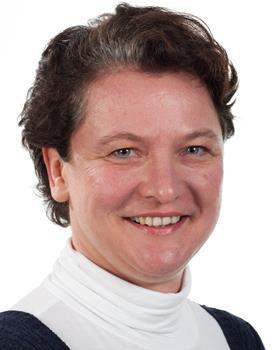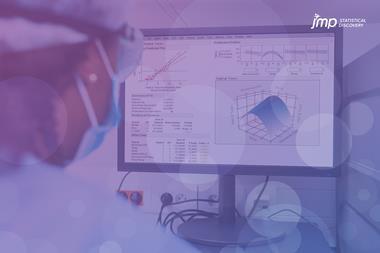There are a number of reasons why definitive screening designs (DSDs) make sense if you are looking to design new and better processes. They reduce costs and streamline workflows by improving experimental design, enabling the identification of important factors at the crucial early stages of a project. By reducing the number of factors to more manageable numbers, DSDs overcome the limitations of standard screening designs.
During this free webinar, Seagate senior engineer Andrew Connell provides an insightful introduction to various aspects of definitive screening design modeling – from their initial development to useful applications, and how you can improve both experimental power and model power comparisons. You will also discover how DSDs make good use of available resources, streamlining workflows and removing obstacles.
Andrew concludes with a case study on a newly developed chemical mechanical planarisation technique for bulk titanium. He highlights the advantages of using a DSD for such an approach, and wraps things up by showing its verification by means of augmentation of the DSD model toward a 3rd order model of the design space. The case study contains valuable information that you will be able to adapt and use in your own projects.
By the end of this webinar recording you will have…
- Gained a valuable understanding about the DSD modelling of design spaces
- A firm understanding of new manufacture process development strategies
- Been introduced to DIDOV (Define, Identify, Design, Optimise and Verify) Six Sigma

Speaker: Andrew Connell

Speaker: Valerie Nedbal

JMP has been a part of SAS since the first version of JMP statistical discovery software was launched in 1989, bringing interactive data visualisation and analysis to the desktop. SAS is the leader in business analytics software and services, and the largest independent vendor in the business intelligence market. Through innovative solutions, SAS helps customers at more than 60,000 sites improve performance and deliver value by making better decisions faster. Since 1976 SAS has been giving customers around the world THE POWER TO KNOW®.




















